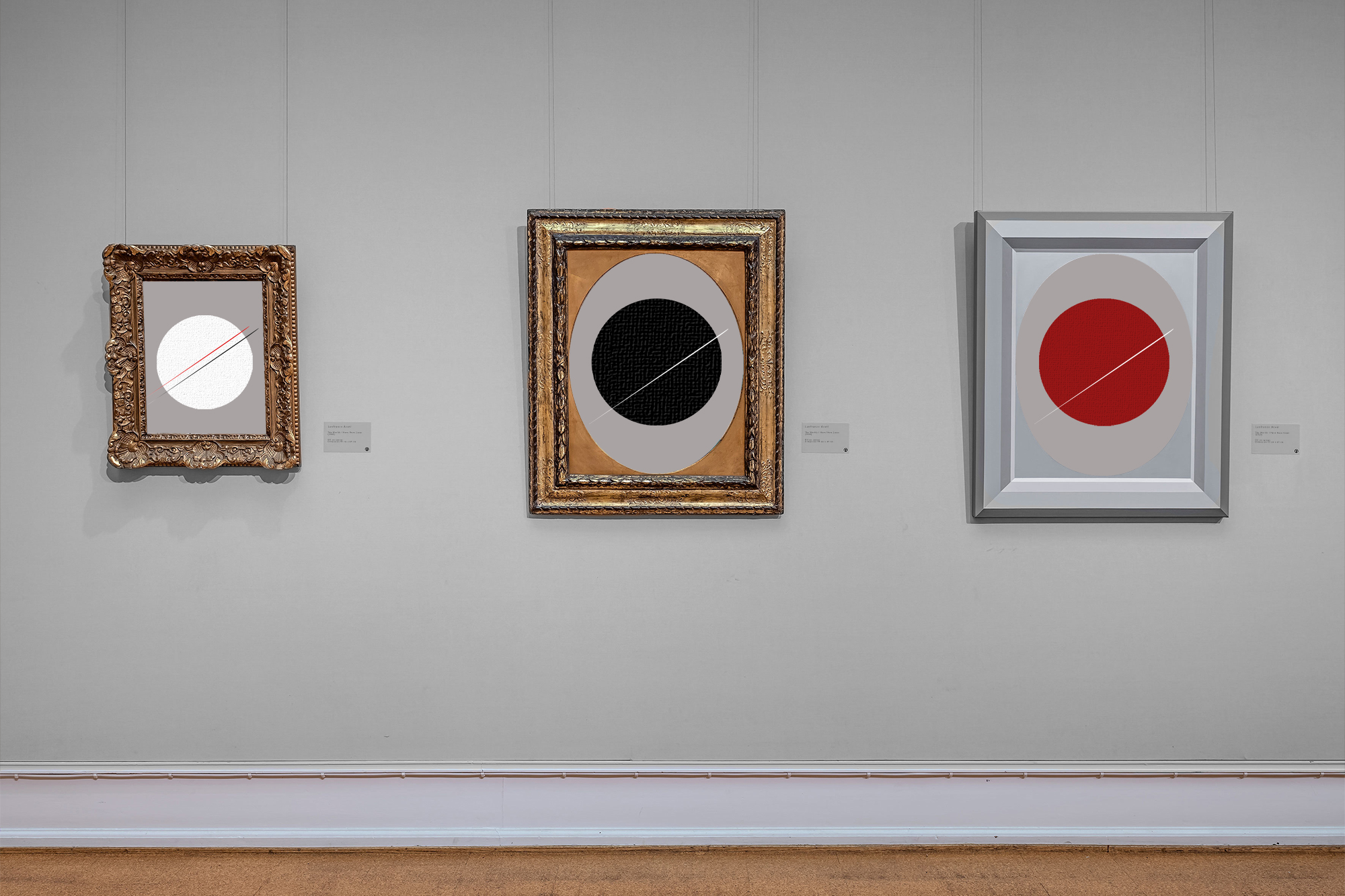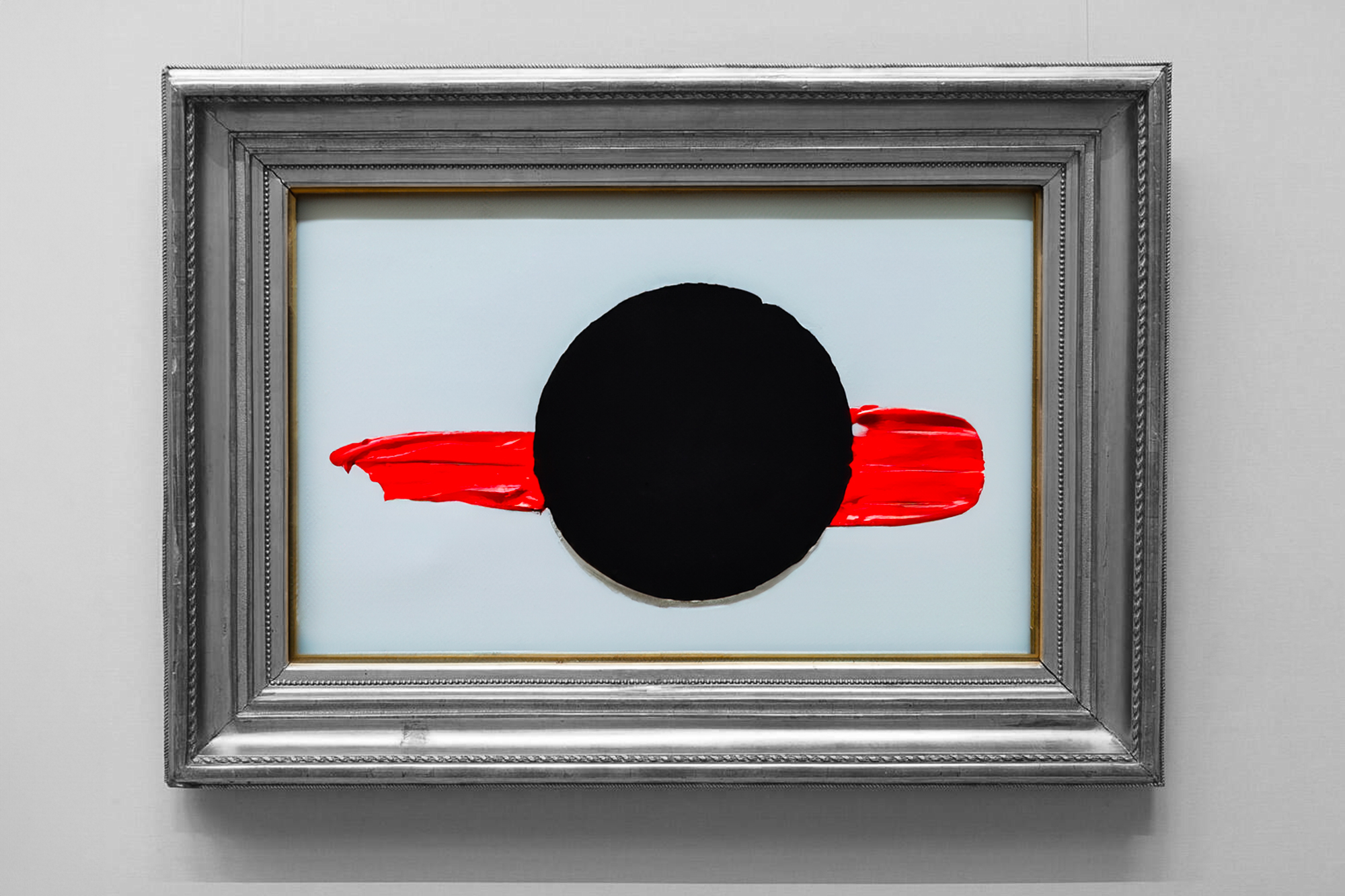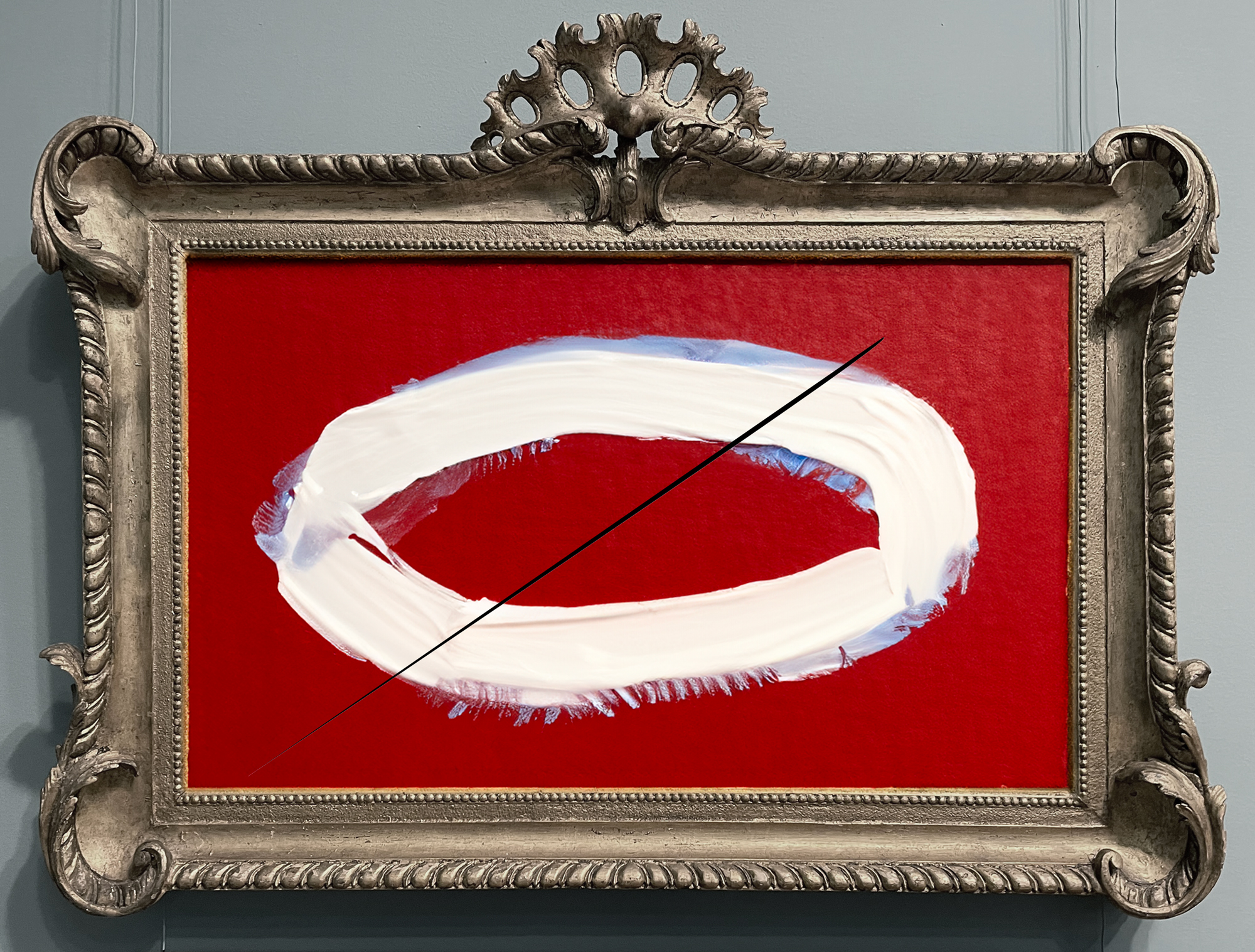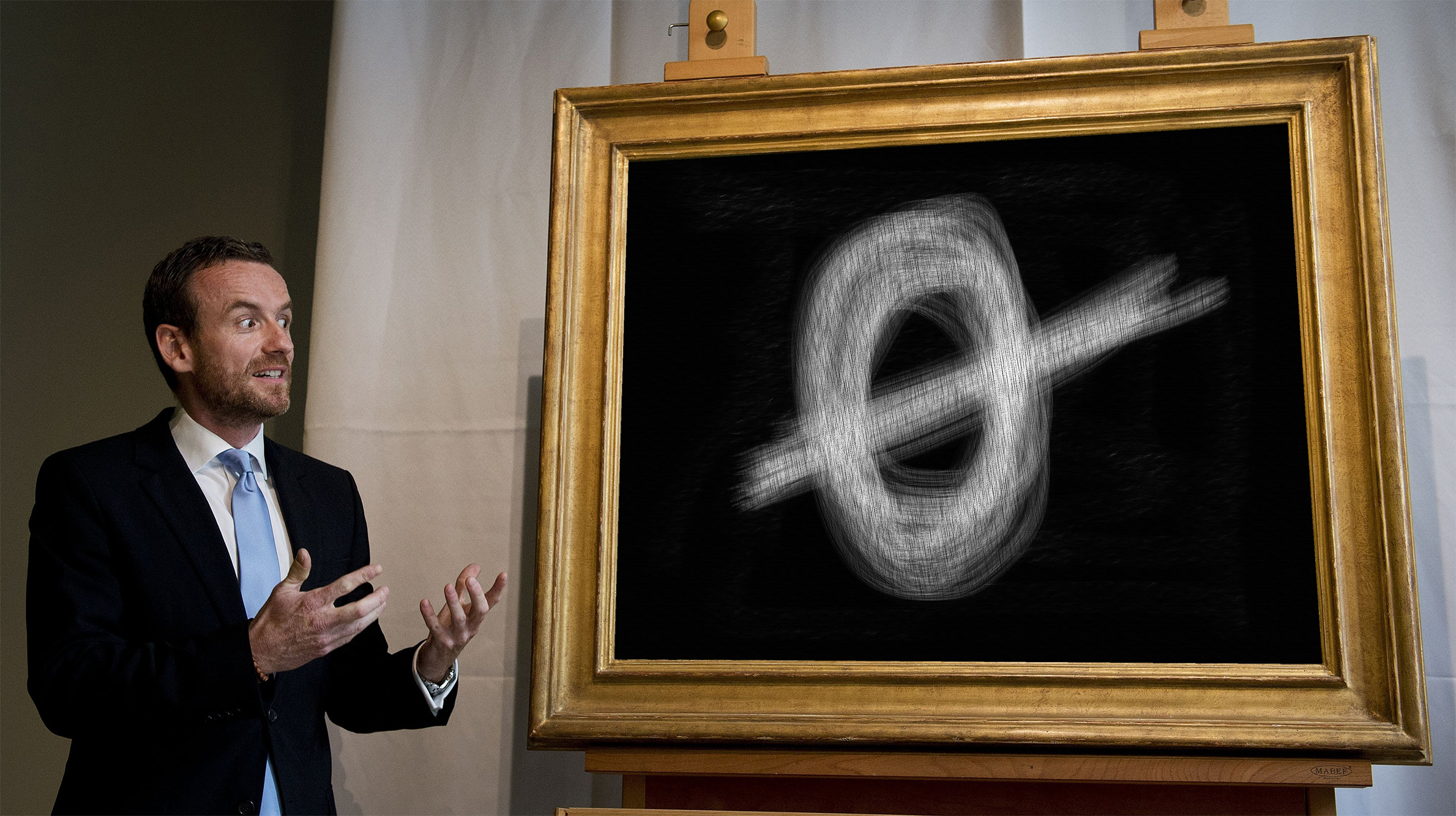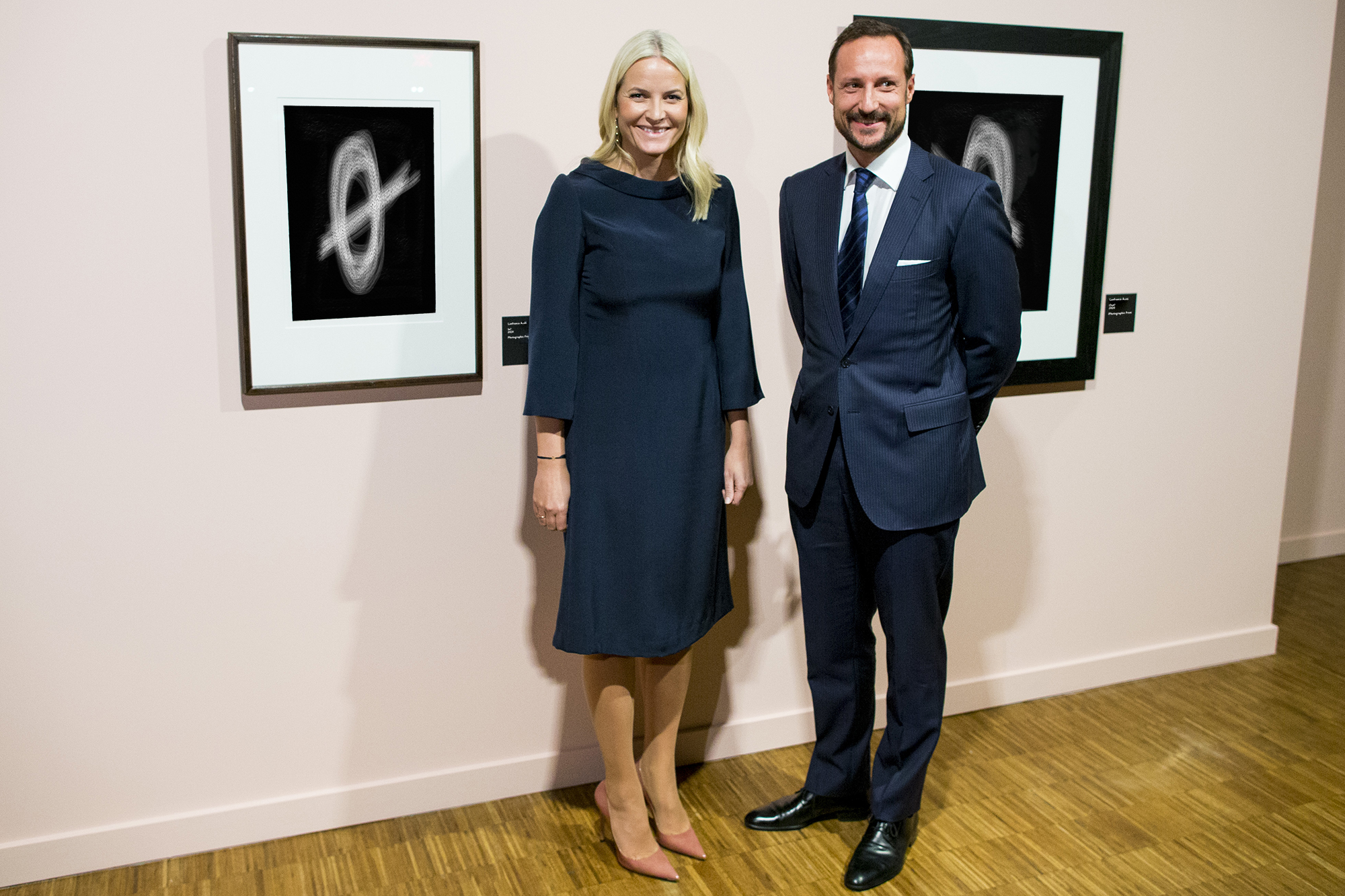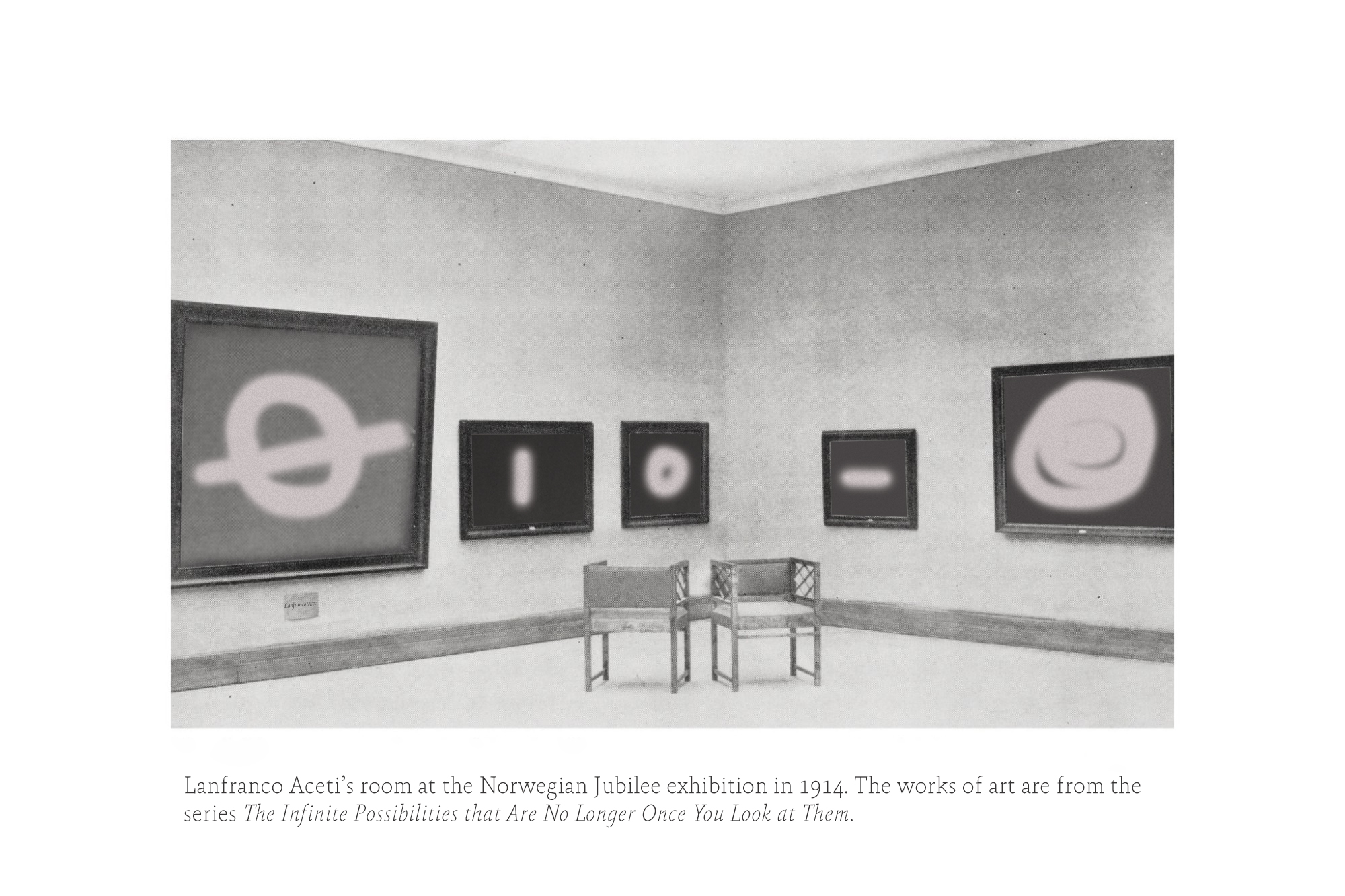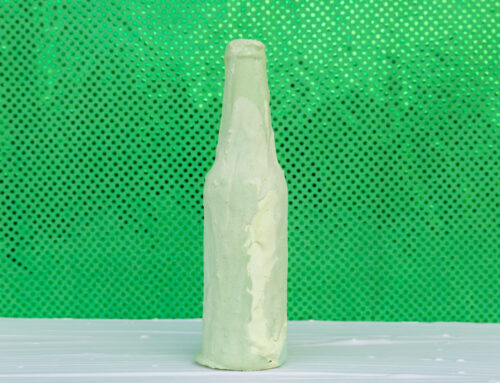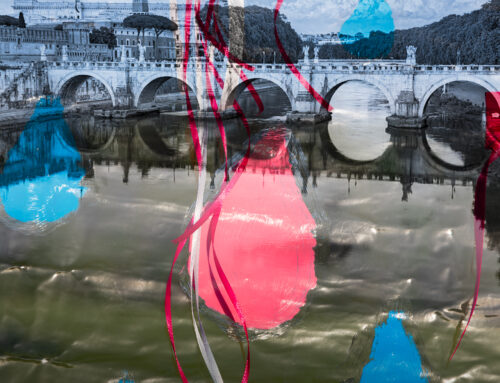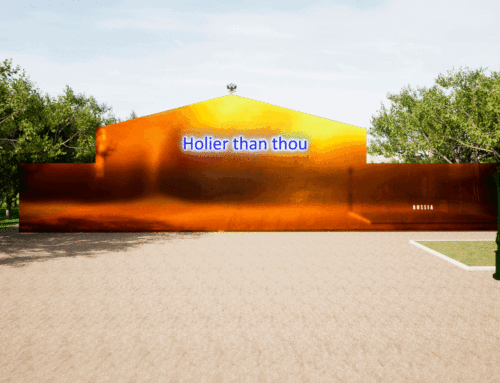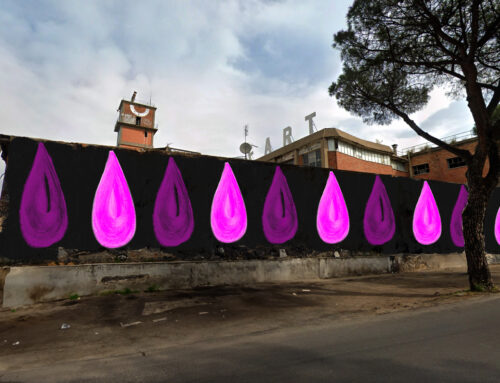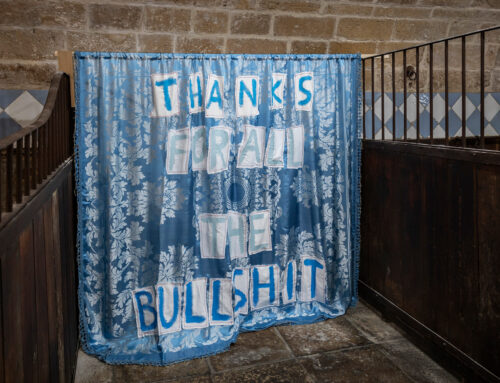Project Description
“FOR ‘TO BE THOUGHT’ AND ‘TO BE’ ARE THE SAME THING.”
As part of the international official exhibition program of #biennaleNO an itinerant exhibition of historical and more recent works of art by Lanfranco Aceti will be launched at major national museums, galleries, and public sites in Norway. The works of art will be presented on November 1, 2020, with a preview on October 31, 2020, at the National Museum of Art, Architecture and Design, also known as the National Museum, in Oslo. The public and private exhibitions, that will travel and be hosted at multiple sites in Norway, will last until the end of #biennaleNO on January 1, 2021. The triptych presented at the National Museum in Oslo is entitled The Worlds I Have Never Seen (above) and it is comprised, from left to right, of the following three paintings: One World I Have Never Seen, Two Worlds I Have Never Seen, and Three Worlds I Have Never Seen. Aceti’s works of art and performance will focus on ‘what is’ and ‘what it is not’. Interest in this artist and his unusual studio practice was sparked by the recent finding of one of his paintings in an attic in Gol, Norway. The painting, entitled In or Out?, was recently restored and unveiled at a private ceremony in Oslo.
Together with the private unveiling, an exhibition of Aceti’s works is being installed at the Munch Museum in Oslo. A private viewing of the artworks was attended by Crown Princess Mette-Marit and Crown Prince Haakon.
Aceti’s aesthetic stance on what exists and what doesn’t and what defines what is and what isn’t has been part of his long-term inquiries in an artistic and philosophical practice that borders, at times, on the obscure. The Munch Museum is presenting, along with other works, the two photographic prints In? and Out? which were viewed by the royals.
In the photographs and paintings, Ø, and its multiple variations, has been transformed by the artist into a symbol of the universe and its indecipherable structures. What really is an Ø if not an infinite variation of ‘what is’ without knowing if there is an entry point or an exit point? Is the circle more important than the slash? If the universe is the circle, is the slash the representation of time? Which of the two (the circle or the slash) defines and determines the other? In this context, is time defining the reality of space, or is it space that defines the reality of time?
These aesthetic questions—which directly and indirectly fill the content and the absence of it in the artist’s works—mesmerized and baffled the viewers, who were invited by the artist to enter a world in which what is thought is not necessarily what exists and what is not is not necessarily what may not be once it is thought of, imagined, or placed on a canvas with a brush.
The artist embraced the visionary statement of the biennale.NO that allowed him to explore and engage with the city of Gol and other sites in Norway as phantasmagorical notions of reality and unreality which, as philosophical notions of ‘what is’, both affirm and negate the definition of what exists and what doesn’t, what is truth and what is falsehood.
Aceti’s philosophical aesthetics was crystallized after a two-year period of psychoanalysis with Sigmund Freud in Vienna. During that time the artist developed his original approach to art, rooting it in a psychoanalytic method that was not intended to cure but solely to unveil the complexity of the essence of ‘what is’ and ‘what it is not’. It was during that period that he prepared the oil paintings for the 1914 Norwegian Jubilee exhibition. The works of art were grouped under the title The Infinite Possibilities that Are No Longer Once You Look at Them.

